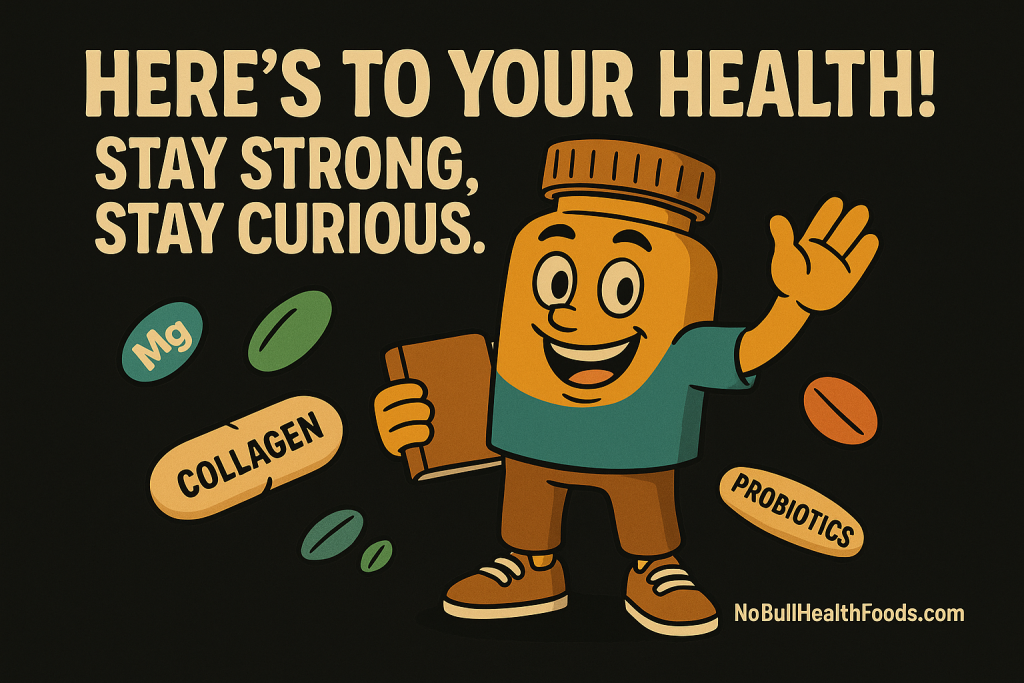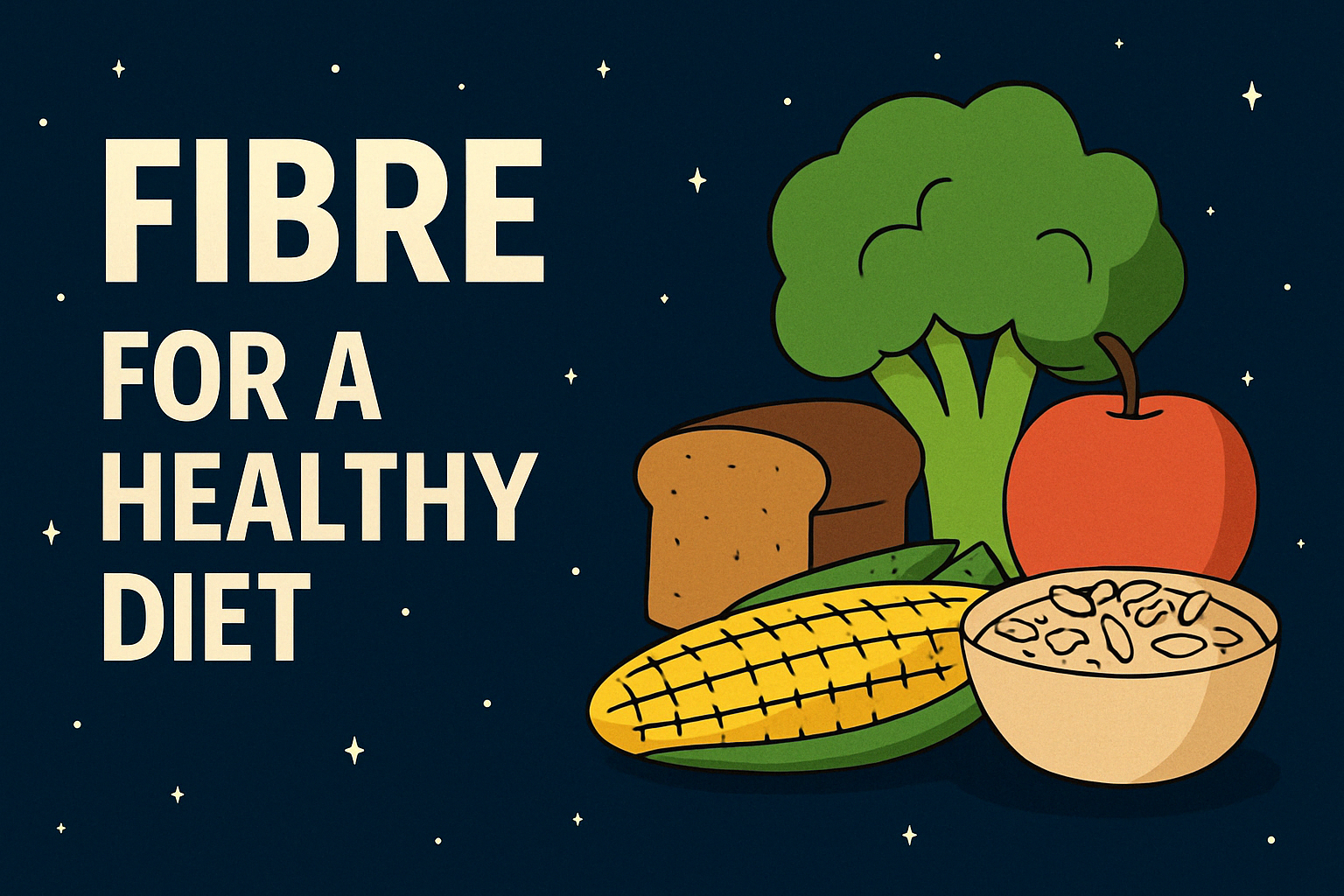It might not get much attention, but dietary fibre is a cornerstone of better digestion, steady blood sugar, and long-term health. Despite that, most UK adults fall far short of their daily needs — and the side effects include bloating, constipation, low energy, and even increased disease risk.
The good news? Getting back on track is simple and surprisingly satisfying. Let’s explore how much you need, what it does for your body, where to get it, and whether supplements are worth it.
🧾 In This Article:
✅ How much fibre your body actually needs
✅ What it does for digestion and disease prevention
✅ Top high-fibre foods in UK supermarkets
✅ Easy ways to eat more each day
✅ Whether supplements are worth considering
🍞 What Is Fibre, Anyway?
Fibre is the part of plant-based foods your body can’t fully digest. Instead of being absorbed like other nutrients, it passes through your digestive tract — helping to sweep out waste, feed your gut bacteria, and regulate digestion.
There are two main types:
- Soluble fibre dissolves in water and helps manage blood sugar and cholesterol.
Found in: oats, beans, apples, and carrots - Insoluble fibre adds bulk and supports regular bowel movements.
Found in: wholegrains, seeds, and vegetable skins
Most gut-friendly foods offer a blend of both — which is ideal for overall health.
🧮 How Much Do You Actually Need?
According to the NHS:
| Group | Daily Target |
|---|---|
| Adults (16–64) | 30g |
| Children (5–16) | 20–25g |
| Over 65s | 25–28g |
Right now, the average UK adult only gets around 18g per day — not even two-thirds of the recommended amount.
💪 Why This Nutrient Matters
Adding more fibre-rich foods to your diet supports more than just regular bowel movements. Here’s how it helps:
✅ 1. Digestive Health
Feeds beneficial gut bacteria
Helps prevent constipation and bloating
Supports better gut lining integrity
👉 See also: Prebiotics vs Probiotics
✅ 2. Heart Support
Soluble types bind to cholesterol and may help lower LDL levels.
✅ 3. Blood Sugar Balance
Slows the absorption of sugar into your bloodstream — leading to fewer crashes and more stable energy.
✅ 4. Feeling Full
Foods high in roughage naturally fill you up, which helps control appetite and manage weight without dieting.
✅ 5. Disease Protection
Higher intakes are linked to lower risks of:
- Stroke
- Type 2 diabetes
- Bowel cancer
- Heart disease
🥦 High-Fibre Foods to Add Now
| Food | Fibre (per 100g) |
|---|---|
| Chia seeds | 34g |
| Flaxseeds | 27g |
| Oats | 8.3g |
| Cooked lentils | 7.9g |
| Cooked chickpeas | 7.6g |
| Wholewheat pasta | 4.6g |
| Cooked broccoli | 3.3g |
| Apples (with skin) | 2.4g |
| Pears (with skin) | 3.1g |
| Almonds | 12.5g |
| Air-popped popcorn | 14.5g |
| Wholegrain bread (per slice) | ~3g |
Even a few small swaps — like adding oats to breakfast or beans to soup — can make a huge difference.
📈 Simple Ways to Eat More
- Start with oats, porridge, or Weetabix in the morning
- Switch to wholemeal bread, brown rice, or wholewheat pasta
- Add lentils or chickpeas to casseroles and salads
- Eat fruit and veg with the skins on
- Snack on almonds, pumpkin seeds, or popcorn
The goal isn’t to overhaul your entire diet — just layer in a few nutrient-rich, plant-based ingredients every day.
💊 What About Supplements?
If you’re not hitting your daily target, fibre supplements like psyllium husk, inulin, or Fybogel can help. They’re especially useful if you’re dealing with constipation, IBS, or have a restricted diet.
That said, food-based sources are still best for long-term gut health — since they also come packed with vitamins, minerals, and antioxidants.
👉 Also read: Actimel vs Yakult – Probiotic Showdown
👉 Related: Signs You’re Low on Key Nutrients
🚽 Final Thoughts
This isn’t just about keeping things “regular.” Adding more gut-supporting plant foods is one of the simplest ways to boost energy, reduce disease risk, and feel better every single day.
Most people in the UK are getting way too little — but you don’t have to be one of them.
Start small. Add an extra spoonful of seeds, a side of beans, or switch your toast to wholegrain. It all adds up.
Your gut (and your future self) will thank you.

👉 Like this article? Share it on Facebook 💬
➡️ Join our private Facebook group here! [Join Now]

Leave a Reply